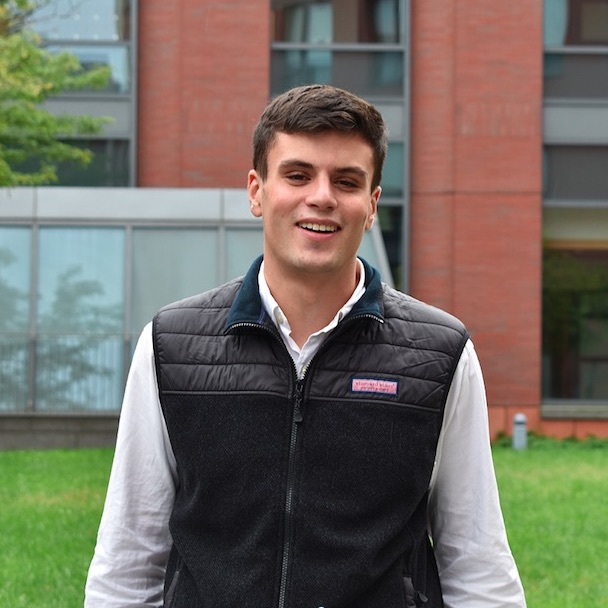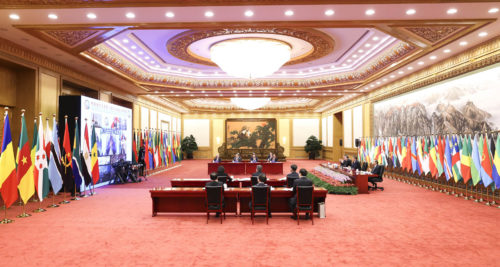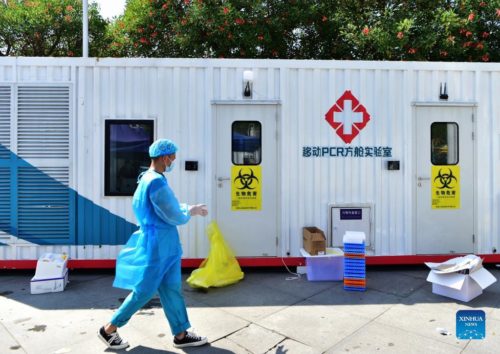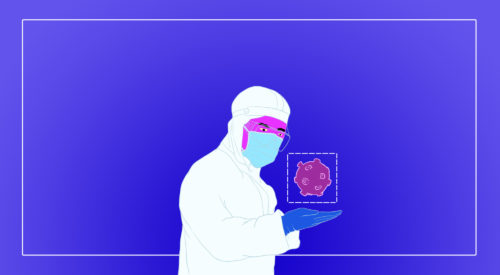Chinese pharma’s history of counterfeits, fakes, and quality issues
In the last 20 years, Beijing has turned healthcare into a national priority. But the country's history of counterfeit drugs and weak regulation casts a lingering shadow. The topic is particularly pertinent now, with Beijing's COVID-19 vaccine diplomacy in full swing.
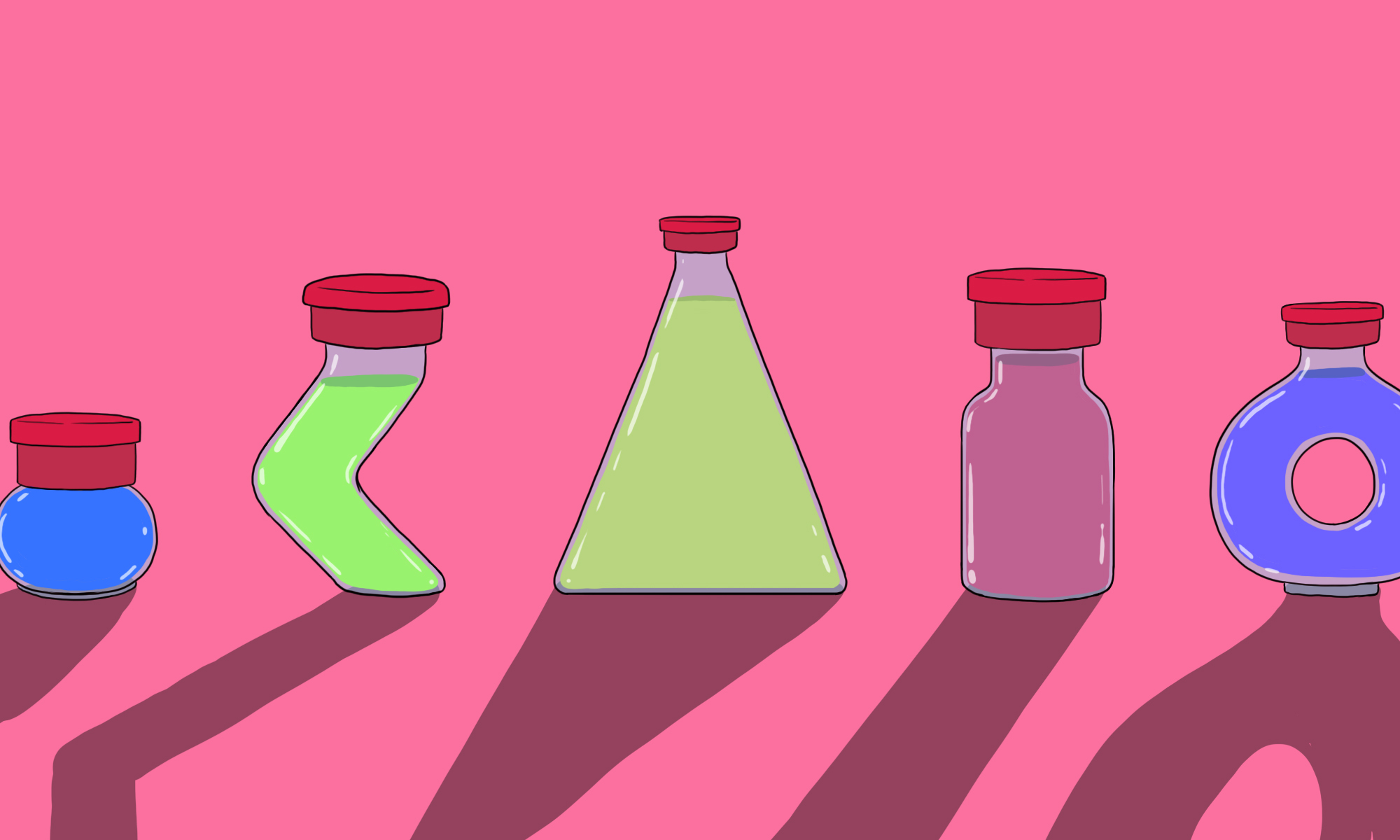
Last month, black market entrepreneurs were arrested for a multimillion-dollar COVID-19 vaccine scam, passing saline water for the in-demand shot. Before getting caught, the counterfeiters had scored $2.78 million in earnings and managed to manufacture more than 58,000 fake doses. The criminals allegedly acquired vaccine bottles through the “internal channels” of Chinese vaccine manufacturers.
As only one of 21 major vaccine fraud incidents currently being investigated by Beijing, this incident brought to mind a long-standing issue in China: pharmaceutical fraud.
In 2001, according to public health researchers, 192,000 Chinese patients reportedly died due to use of fake pharmaceuticals. That same year, Beijing investigated 480,000 cases of counterfeit drug manufacturing. Much has improved in the two decades since, but with roughly $100 billion in collective investment in the biotechnology industry, pharma fraud remains a big concern. How have China’s regulators historically dealt with it, and what does the future look like?
The road to regulation
At the start of reform and opening up in the late-1970s, the PRC government largely relinquished healthcare responsibilities. According to a World Health Organization report, the Chinese government’s share of the nation’s total healthcare expenditure percentage fell from 32% to 15% between 1978 and 1999. Máo Zédōng’s 毛泽东 barefoot doctors and sanitation campaigns were defunded for hospitals to accommodate the growing urban population. As a result, to make ends meet, hospitals began charging for inpatient and outpatient care outside of insurance schemes and adding high-end pharmaceutical product markups in order to turn a profit.
Even with China’s economic boom in the 1990s and early 2000s, healthcare was relatively neglected, impacting the lives of millions. Insurance schemes only covered 20% of the Chinese population by 1993, and out-of-pocket payments ballooned to a 60% share of China’s total health expenditure by 2000. With limited choice within healthcare systems for affordable and quality options, counterfeit medicines soared.
Moreover, domestic drug quality monitoring programs and government oversight were both weak at this juncture. The Chinese State Drug Administration — the first independent arm of Chinese drug administration barred from involvement in profit-seeking activities — was not established until 1998. Good manufacturing practices, at an estimated 20 to 30 million yuan ($3 million to $4.6 million) per year in 2002, were expensive for companies to implement.
By the end of the century, globalizing economies including the United States began to rely on China for pharmaceutical products, and Beijing placed a high premium on pharmaceutical research and development. With government-sponsored innovation emerging and supposed growing regulation on biomedical products, China was determined to shed its old reputation of inconsistent medical quality after 2000, despite systematic setbacks in the healthcare system.
A 21st-century boom
Within the last 20 years, Beijing turned healthcare into a national priority by passing new insurance schemes in 2003 and 2007 and making associated efforts to improve the global position of the Chinese biotechnology market. In fact, China is now the second-leading exporter of biological products and largest medical device exporter to the United States. Although China’s rapid emergence in the healthcare industry is truly remarkable, the side effects of such speedy development include intellectual property fraud, fraudulent drugs, and willful neglect in clinical data collection, even within top companies like Sinovac.
China’s biotechnology market has become irreplaceable in terms of its global scale, but globally accepted standards of scientific rigor have not followed. Chinese scientists reportedly publish disproportionately small amounts of negative clinical trial results, and investigations as recent as 2016 have found that as much as 80% of clinical data is fabricated. With weak stopgaps at the top of the regulatory totem pole, counterfeiting has become rampant at the bottom — domestic vaccine fraud, counterfeit drug exports, and contributions to the United States’s opioid crisis have made headlines and smeared the Chinese biomedical industry.
Chinese pharmaceutical fraud and counterfeiting has also proliferated into circles abroad. Syrian authorities traced back a multinational cancer drug scandal to Chinese suppliers by 2010. In 2013, 1.4 million packets of counterfeit Chinese malaria drugs were seized in Angola, where malaria-related deaths remain high. The following year, France uncovered the EU’s largest counterfeit-drug bust, with 2.4 million fake drugs traded to China. Pharmaceutical counterfeiting has in fact become so well known in China that it has even entered popular culture — 2018’s Dying to Survive (我不是药神 wǒ bùshì yào shén), based on a true story of a Chinese-Indian counterfeit cancer drug ring — was China’s third-highest grossing film of the year.
In Chinese innovation, “speed is essential, copying is an accepted practice, and competitors will stop at nothing to win a new market,” Kai-Fu Lee writes in his book AI Superpowers. While of course Lee is referring to Chinese internet savants, the sentiment spills over to biotechnology — some Chinese entrepreneurs, especially those on the black market, will do whatever it takes to score a profit. These factors have led to China, by some accounts, emerging as the world’s leader in biomedical fraud.
Struggling for a salve
Beijing has not ignored corruption and fraud in the biomedical industry. In 2007, former China State Food and Drug Administration (now known as the National Medical Products Administration) chairman Zhèng Xiǎoyú 郑筱萸 was sentenced to death for accepting bribes and perpetuating lax drug safety protocols. Anti-corruption drives have resulted in more stringent punishments, including a whopping 7.2 billion yuan ($1.1 billion) fine levied on Changchun Changsheng Life Sciences in 2018, which negligently blended batches of a rabies vaccine and flubbed production data. Mass arrests of counterfeiters have become common and price controls have been continuously implemented to keep legitimate drugs affordable. As biotechnology is now positioned as a strategic emerging industry vital to the country’s innovation ambitions, these punishments track as strong warnings to bad actors.
Some of the most significant action Beijing has taken toward stemming counterfeit biomedicines came in 2019, when the PRC released the revised Drug Administration Law and Law on Vaccine Administration. These laws included plans for a national vaccine traceability system, changing the maximum criminal sentence for a drug counterfeiter from 10 years to life, and, on the regulatory side, plans to establish minimum-scale operations for biotechnology companies to sell their products.
“The two laws were promulgated to tighten government regulation over the pharmaceutical sector after a slew of drug safety scandals, including the Changsheng vaccine scandal in July 2018,” Yanzhong Huang, senior fellow for global health at the Council on Foreign Relations, told me. “There is indication that such measures have contributed to improvement in the safety and efficacy of Chinese pharmaceuticals.” Altogether, the two laws present a clear roadmap to deter black market behemoths and small-time marketeers alike through comprehensive supervision and punishment.
However, those laws don’t guarantee an end to corrupt practices in the pharmaceutical sector. “Fixing the scandal-ridden pharmaceutical sector requires the government to tackle other entrenched issues, including loopholes in internal corporate control, lack of transparency and accountability, and lack of competition from foreign pharmaceuticals,” Huang said.
The future of fraud
With that said, there is some hope for Beijing to control the counterfeit drug problem, particularly as it ramps up production of COVID-19 vaccines for distribution at home and abroad.
New laws in intellectual property enforcement are poised to assuage concerns associated with fraudulent behavior overtaking the biotechnology market. This regulation should not stymie domestic innovation, but encourage it: with Beijing receiving twice as many patents as the U.S. did in 2019, China’s biotechnology economy would not be greatly impacted by the elimination of bad actors on the market’s peripheries and benefit from bolstered protection of legitimate research. Greater proportions of life-science talent returning home courtesy of the Thousand Talents Plan also presents a step in solving the domestic innovation gap. Regulated innovation is certainly a tall order, but not an impossible one.
Additionally, cross-border partnerships between Chinese and foreign companies flourished in 2020, growing 300% larger than the volume recorded in 2015. Biotechnology collaboration was presented as a focus in a proposed EU-China Investment Agreement, private investors seem to think multinational biotechnology operations will be a trend, and American companies have underwritten massive biotechnology IPOs.
Ultimately though, the impact of these strategies is unknown. During the pandemic, mass mask recalls in the Netherlands, diagnostic test order cancelations in India, and customs seizures of counterfeit PPE in Australia have again forced Chinese biotechnology quality control issues to the fore. A United States Homeland Security Investigations report from July 2020 explained that more than half of the U.S.’s counterfeit COVID-19 products were imported from China.
“China’s past failures with vaccine and pharmaceutical quality means that the government will face heightened scrutiny, both domestically and internationally,” said Jeremy Youde, a global health politics expert and dean at the University of Minnesota Duluth. “There’s a competitive environment today when it comes to vaccine diplomacy, so it’s entirely plausible that China’s geopolitical competitors could try to use China’s previous practices as leverage to gain the diplomatic upper hand if the Chinese government doesn’t take proactive steps to share data and information about the safety and efficacy of its vaccines.
“If China overpromises and under-delivers, it could lead to greater skepticism about the Chinese government’s diplomatic efforts more broadly.”
Vaccine diplomacy represents a true proving ground for Beijing’s drive against fake pharmaceuticals and medical products. Over 500 million vaccines have been committed to bilateral partners, 13 countries have been named as first-round vaccine recipients, and the country plans to vaccinate 40% of its population by June, giving Beijing a huge sample size to test its vaccine regulations and new biotechnology laws. However, as the impact of Chinese vaccines remains to be seen, counterfeit medicine remains a huge issue, not just for Chinese citizens, but for the entire world’s health.
